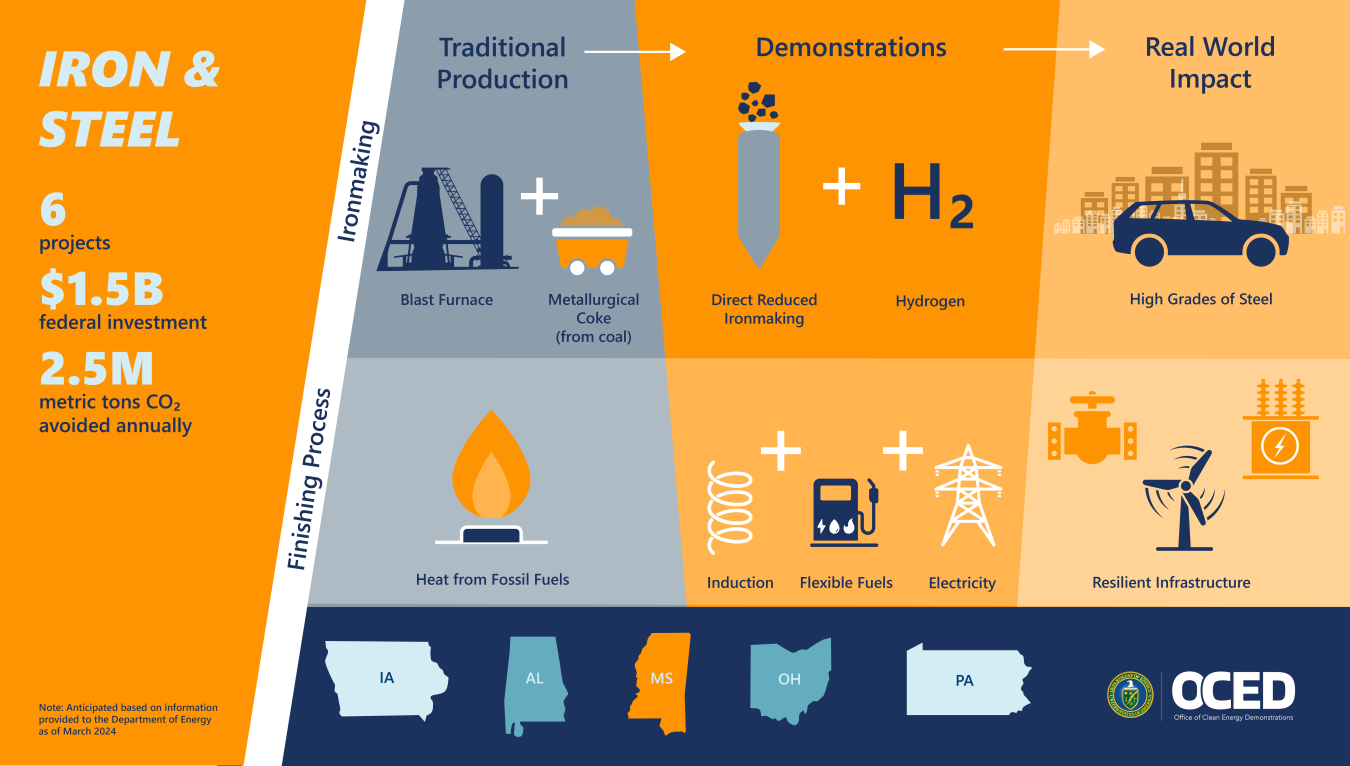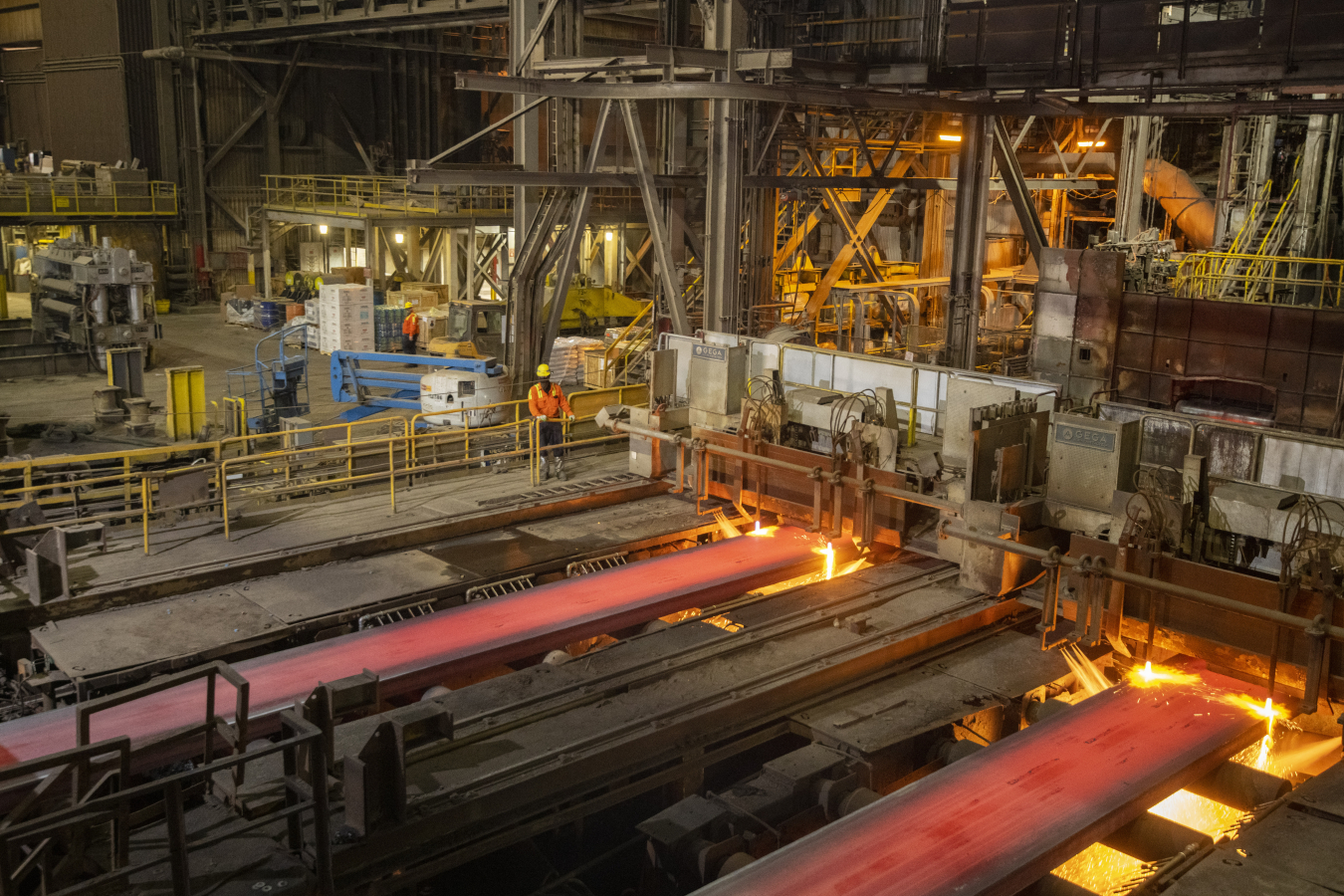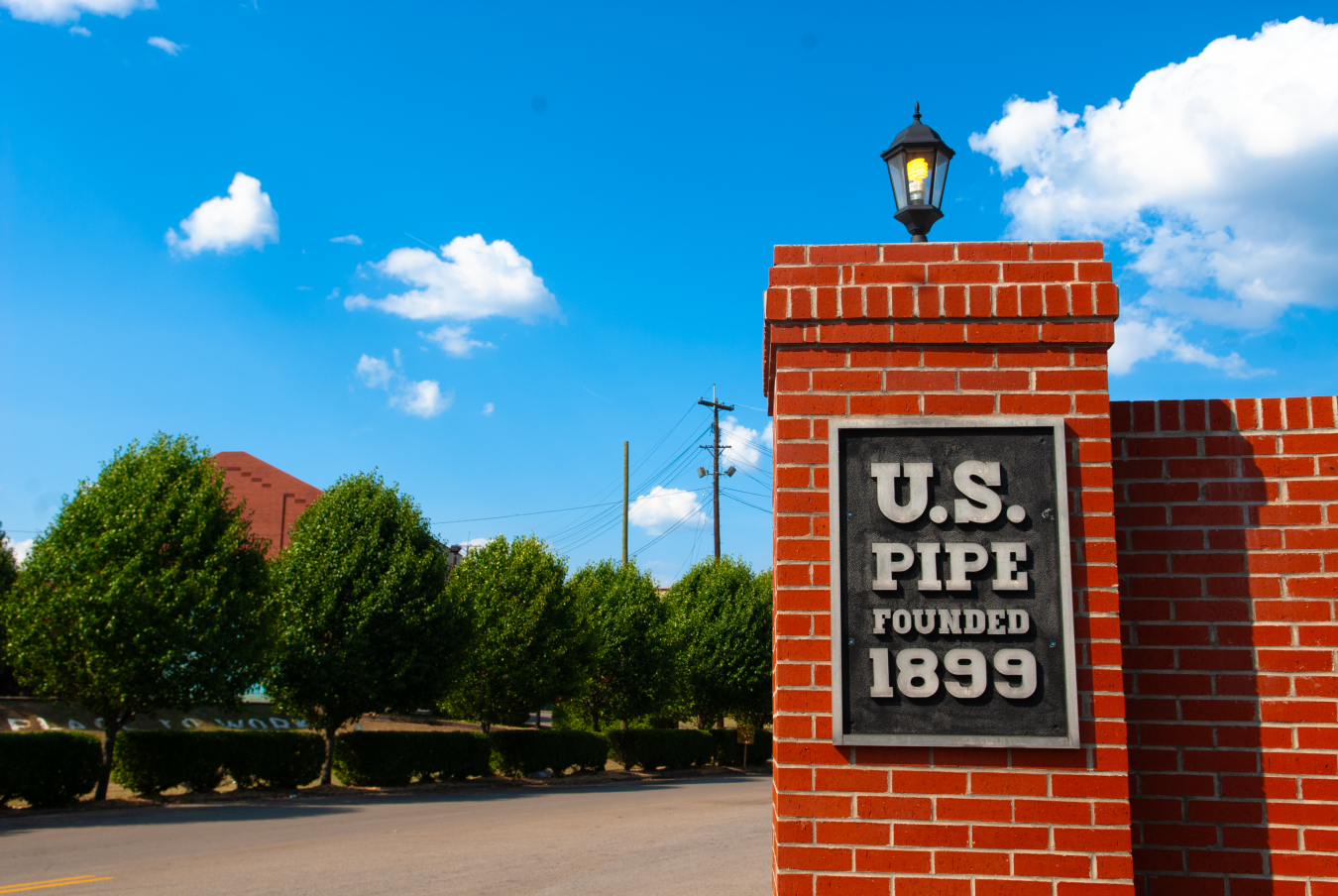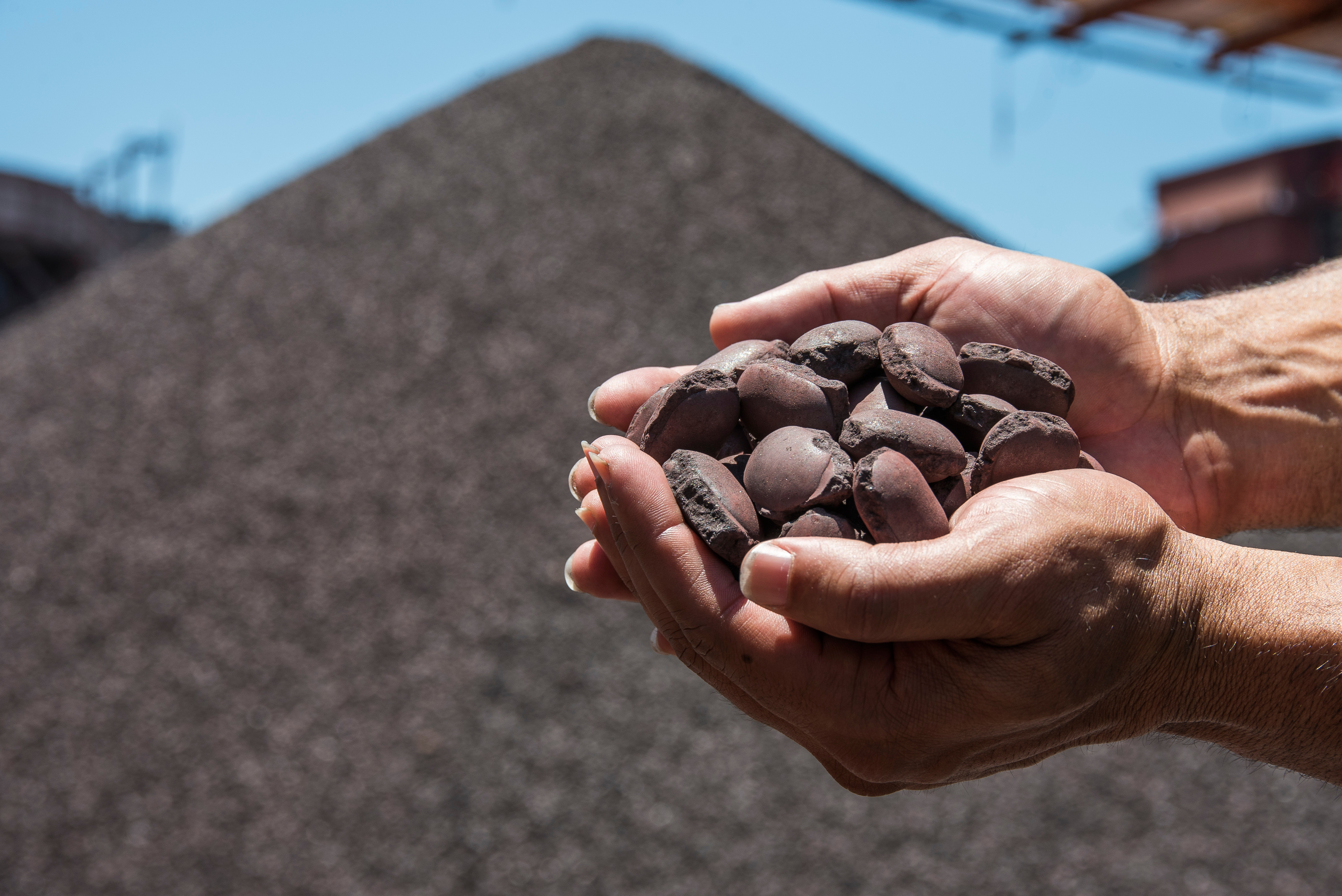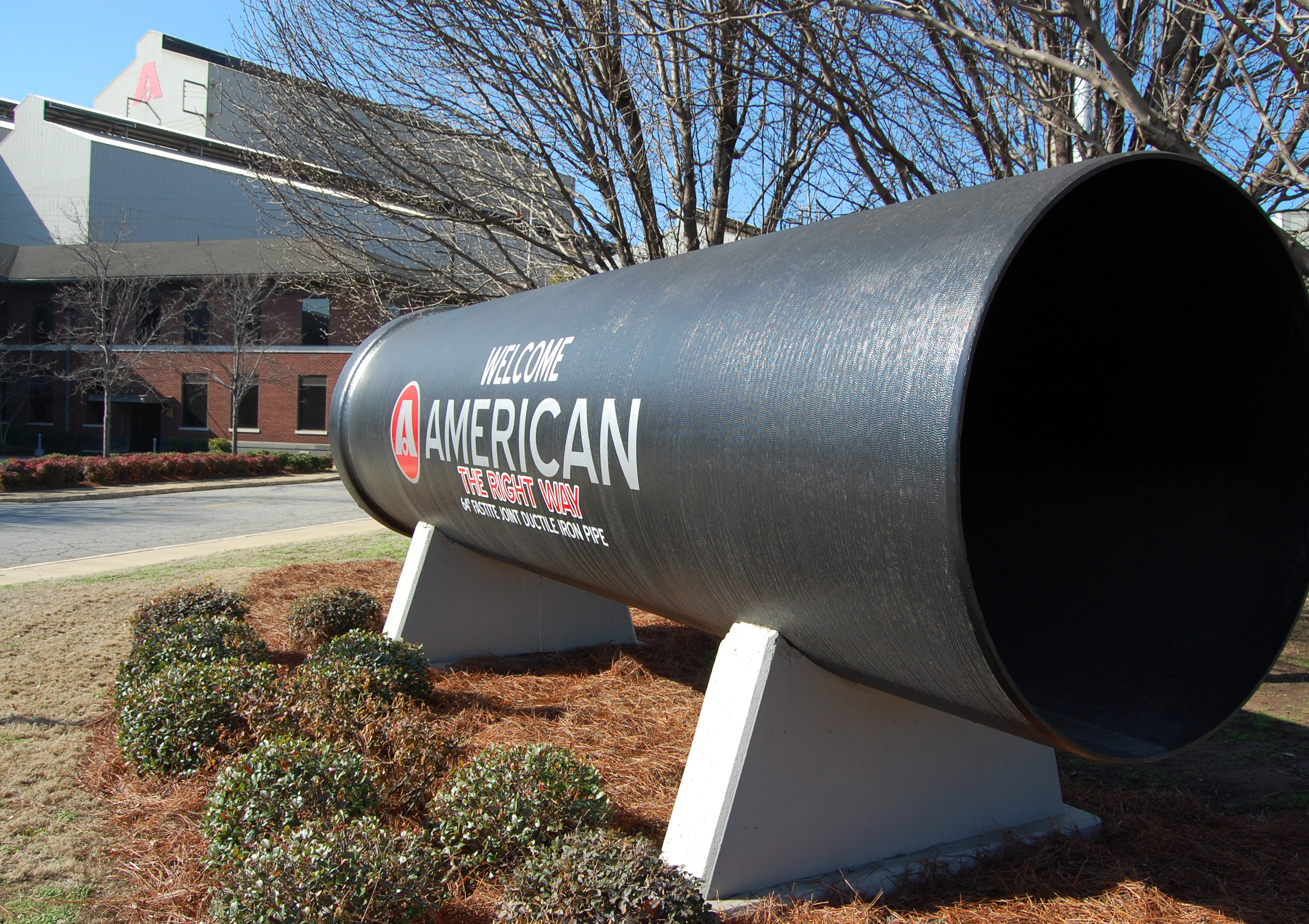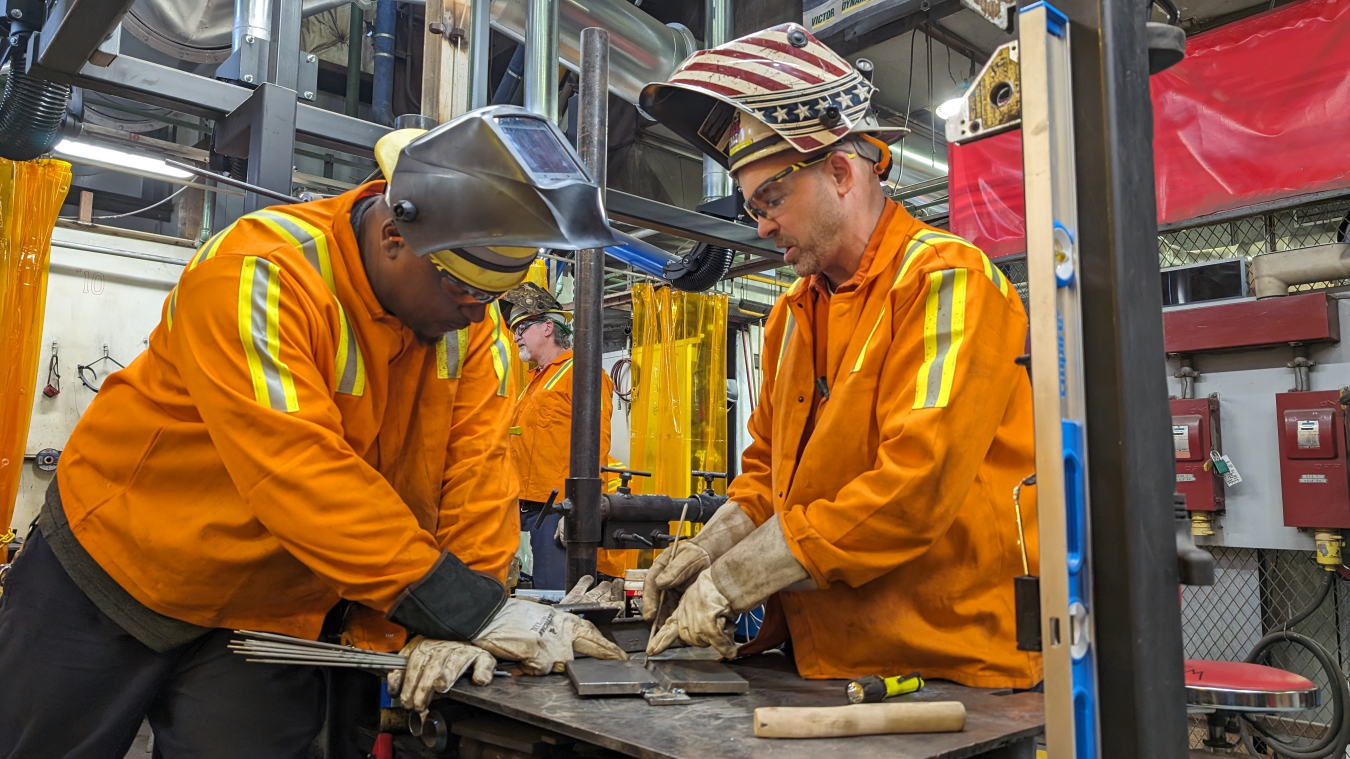Awarded Projects
Location: Middletown, OH
Federal Cost Share: Up to $500 million
Recipient: Cleveland-Cliffs Steel Corporation
Project Summary: The Hydrogen-Ready Direct Reduced Iron Plant and Electric Melting Furnace Installation project for iron and steelmaking, led by Cleveland-Cliffs Steel Corporation (Cleveland-Cliffs), plans to install a hydrogen-ready flex-fuel Direct Reduced Iron (DRI) plant and two electric melting furnaces at the Cleveland-Cliffs' Middletown Works facility in Ohio. The project would lead to an estimated 1 million tons of greenhouse gas (GHG) emissions reductions per year. In addition, this project aims to demonstrate hydrogen-based ironmaking technology while replacing one of Cleveland-Cliffs’ seven operating blast furnaces and enabling Cleveland-Cliffs to further decarbonize rolled steel products for its customers in the U.S. automotive industry, thereby helping to decarbonize the automotive industry’s supply chain.
Location: Bessemer, AL
Federal Cost Share: Up to $75.5 million
Recipient: United States Pipe and Foundry Company
Project Summary: The Iron Electric Induction Conversion project, led by United States Pipe and Foundry Company (U.S. Pipe), plans to replace a coke-fired furnace with electric induction melting furnaces and substantially improve air quality for nearby communities by reducing pollution from particulate matter, nitrogen oxides, and sulfur oxides. This conversion aims to eliminate the need for natural gas and coke (derived from coal) in the iron melting process and result in an estimated reduction of more than 70% in the overall gate-to-gate carbon intensity associated with the production of Ductile Iron Pipe produced at the Alabama Works production facility. The project aims to improve air quality, reduce the cost of operations, improve manufacturing capacity, and enhance the overall melting process and reliability—demonstrating the viability of electrifying a core process for iron and steel manufacturing.
Location: River Parish Region, LA
Federal Cost Share: Up to $282.9 million
Recipient: Vale USA
Project Summary
The Low-Emissions, Cold-Agglomerated Iron Ore Briquette Production project, led by Vale USA, plans to build a first-of-its-kind iron ore briquette production facility in the U.S. using a low-emissions alternative to traditional iron ore pellets as a feedstock for metallics and steel production. This transformative technology intends to achieve deep emissions reductions by decarbonizing iron ore agglomeration and reducing the need for industrial heat, resulting in a flexible product that can be used at both direct-reduced and blast furnace ironmaking routes. By demonstrating this technology for this project with briquettes that will be customized for use in direct-reduced iron production, Vale USA would reduce CO2 emissions by an estimated 60% and reduce some criteria air pollutants like sulfur oxides (SOx) by roughly 99%, resulting in improved air quality, as well as reducing water usage.
Location: Birmingham, AL
Federal Cost Share: Up to $75 million
Recipient: AMERICAN Cast Iron Pipe Company
Project Summary
The “Right Way” Next Generation Melt Project, led by AMERICAN Cast Iron Pipe Company, aims to electrify its process by replacing a cupola furnace with four induction furnaces, eliminating coke (derived from coal) combustion, and reducing melt process carbon dioxide emissions by an estimated 95% at its Birmingham, AL, facility. These upgrades can be replicated throughout the ductile iron pipe industry to provide lower-carbon footprint piping for municipal water systems to replace America’s aging water infrastructure, and support new industries, including chip and battery manufacturing plants. This project would also contribute to reductions in criteria and other relevant air pollutants.
Location: Lyndora, PA
Federal Cost Share: Up to $75 million
Recipient: Cleveland-Cliffs Steel Corporation
Project Summary
The Steel Slab Electrified Induction Reheat Furnace Upgrade project, led by Cleveland-Cliffs Steel Corporation (Cleveland-Cliffs), plans to electrify the only production facility for high-silicon grain oriented electrical steel (GOES) in the United States. By implementing induction heating—a highly energy efficient heating method that minimizes energy losses and enables precise control over temperatures—this project aims to secure a crucial component of the U.S. domestic energy supply chain and could be widely replicable among the many iron and steel facilities that use reheat furnaces across the nation.
Once a project has been selected, both DOE and the selectee have the right to withdraw from the agreement negotiations. Selected projects under this program that are no longer moving forward in negotiations for federal funding: SSAB.


